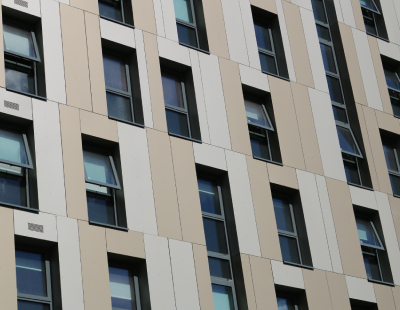
This will involve new £3.5 billion public spending in England now, in addition to £1.6 billion pledged last year.
There will also be an additional tax on residential developers, from 2022, that is expected to bring in £2 billion over 10 years, directed purely to alleviating cladding issues.
Jenrick claims these measures combined will “remove unsafe cladding, provide certainty for leaseholders and make developers pay for mistakes of the past.”
However, for lower-rise buildings below 18 metres with dangerous cladding, Jenrick has pledged only loans for leaseholders with the pledge that repayments will be capped at £50 per month “or far less.” This is likely to be a controversial proposal.
An estimated 700,000 people are still living in blocks with flammable cladding of a kind similar to that on London’s Grenfell Tower, in which 72 people were killed in a fire three and a half years ago.Many of the affected blocks have round-the-clock fire patrols – ‘waking watches’ – funded mostly by collectives of flats owners.
Last year the government announced its £1.6 billion building safety fund and the Ministry of Housing, Communities and Local Government has previously said work was “either completed or under way” on 95 per cent of the residential high-rises identified as having Grenfell-style flammable cladding – ACM – at the start of last year.
The personal scale of the problem is demonstrated in a video interview with Phil Spencer, who has spoken with Giles Grover of the national End Our Cladding Scandal campaign. In a video interview below, Grover says he suffers continual stress and fear, and a £30,000 to £40,000 bill likely to arrive shortly for his personal contribution to his block’s remedial work.
